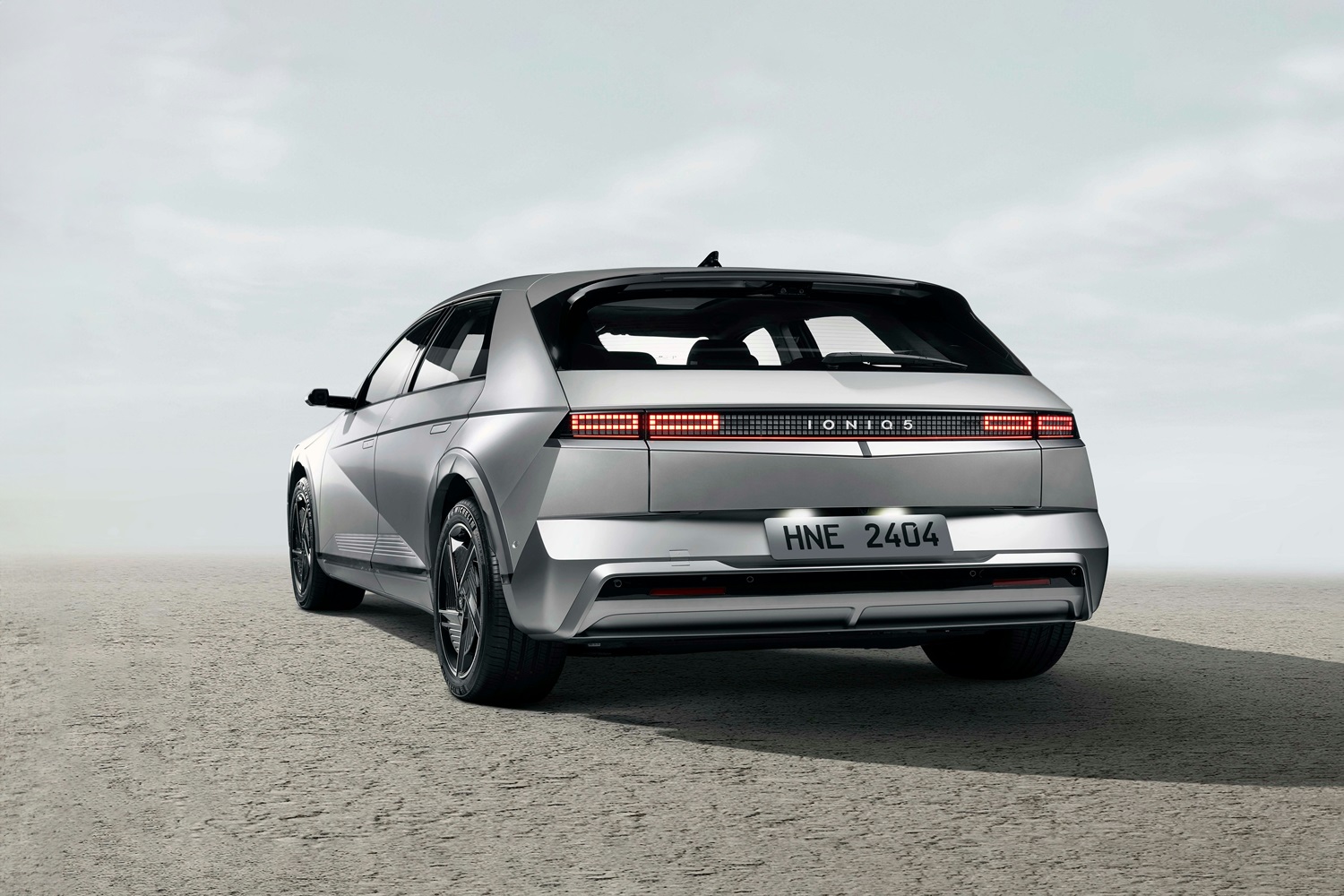The emergence of autonomous cars—especially robotaxis—has generated much discussion and enthusiasm. Promising a world where rides are more efficient, reasonably priced, and free of human mistake, advocates envision them as the future of transportation. Powered by sophisticated algorithms and artificial intelligence (AI), the technology underlying these robot-driven vehicles is developing quickly.
But as we stand on the brink of this transforming age, a crucial question emerges: Can robotaxis really replace human drivers, particularly in terms of the trust and intuition we depend on in regular driving?
The Promise of Robotaxis
Self-driving taxis, sometimes known as robotaxis, are meant to run free from human control. Using sensors, cameras, radar, and machine learning algorithms, these cars negotiate roadways, react to traffic situations, and make judgments. The promise is strong: a flawless, safer, more efficient transportation system free of human drivers required. Leading companies including Waymo, Tesla, and others are bringing this vision to life; we are also seeing pilot projects and experiments in cities all around.
One of the main selling features of robotaxis is their capacity to lower mishaps. The World Health Organization estimates that yearly traffic-related incidents claim over 1.3 million lives. Human mistake—from inattentive driving to speeding to poor judgment—cause most of these deaths. Proponents of self-driving technologies contend they could solve these problems, therefore lowering the road death toll and improving the safety of our streets.
Though on paper the advantages of robotaxis are obvious, the reality is significantly more complex. One of the big challenges still is trust—more especially, whether we can rely on a machine to negotiate the complexity of the real world as effectively as a human.
The Value of Human Intuition
Human drivers offer a great, usually unquantifiable skill: intuition. Intuition is the capacity to make snap, gut-level judgments grounded in experience, knowledge, and subconscious environmental awareness. People can read body language, identify subtle social clues, predict behavior, and act in ways that feel natural unlike machines. Combining emotional intelligence with learned knowledge, a human driver drives into a small parking space, avoids an unanticipated obstacle on the road, or detects another vehicle about to make a dangerous action.
Can AI replicate that level of nuanced decision-making?
Autonomous cars still find it difficult even if they are improving in responding to known events (such as stopping at red lights or avoiding crashes). Human drivers would naturally change their conduct in instances including a youngster rushing into the street, a cyclist negotiating between automobiles, or a pedestrian jaywalking late at night. On the other hand, for robotaxis, these circumstances are usually the weakness of their performance since they depend on predefined algorithms and sensors unable to consider erratic variables.
Furthermore, human drivers might change with the emotional environment on the road. If you have ever gone through road rage, you are aware that the actions of other drivers can change dramatically right away. Should another motorist show animosity or aggression, a human driver may modify their own behavior either by avoiding conflict or allowing space. Robotaxis, on the other hand, might not completely understand the intricate social dynamics that arise on the road, where an aggressive speed or near closeness to another car can cause anxiety or danger.
Trust: The Secret to Acceptance
Beyond instinct, trust is still quite important. People must believe that robotaxis can safely and effectively get them from point A to point B without endangering their life if they are to totally replace human-driven taxis. And trust is about confidence in the technology, in the firm behind the car, and in the legislative systems controlling it, not only about the physical capabilities of the vehicle.
When we get into a human-driven cab, we implicitly believe the driver knows the road, knows traffic rules, and can negotiate the complexity of the surroundings. We rely on them to show sound judgment in making split-second decisions and to respond suitably to unexpected traffic pattern changes.
Robotaxis alters the equation, though. Many individuals still have doubts about artificial intelligence, and others would be reluctant to let a machine to rule their life. Trust in technology takes time to grow, particularly with regard to life-and- death circumstances like driving. Not helping either is the sporadic high-profile accident with autonomous cars. Though generally safer than human drivers, the rare but well reported collisions might cause uncertainty and anxiety. One mistake a robotaxi makes might erode public faith in the whole system.
The Challenges of Human-Robot Collaboration
Although complete autonomy might not be the norm for several years, it remains a question whether human drivers and robotaxis can coexist peacefully on the same roadways. Most autonomous cars now run in constrained contexts, including designated geo-fenced regions, where the risk is reduced and the systems can be more closely under control. In the real world, where uncertainty rules, can a robotaxi negotiate among human drivers, bikers, and pedestrians who might not follow the “rules”?
The perfect future could be one in which robotaxis cooperatively rather than totally dominates human drivers. There could be new dynamics in action as we approach a hybrid world of human and autonomous vehicles: where robotaxis are more integrated into the current transportation network, cooperating with human-driven automobiles rather than totally substituting themselves.
Final Thought
Although robotaxis could eventually provide a consistent substitute for human-driven taxis, the route to complete acceptance is not quite clear. These cars have amazing technology, and under some controlled conditions they show great potential. We still have a long way to go before machines could match the degree of knowledge and emotional intelligence that human drivers bring to the table.
Robotaxis will need not just developments in artificial intelligence and sensor technology but also a society change in how we view and trust these vehicles if they are to truly replace human drivers. The steering wheel might stay firmly in human hands till then.
(Photo by Hyundai Motor Group on Unsplash)
Also read:



